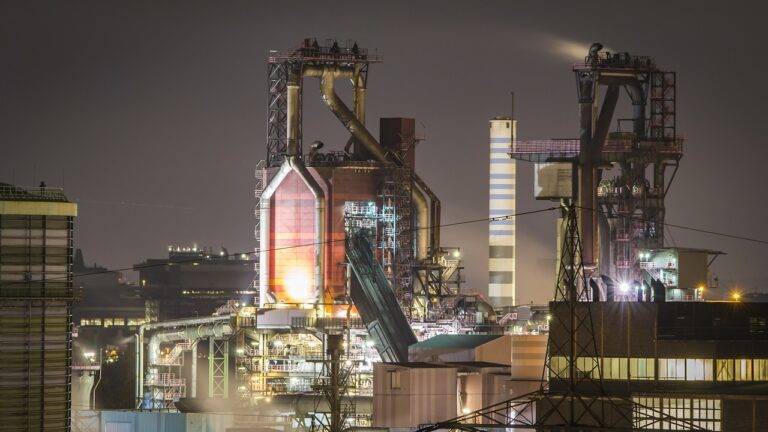Tech and Sustainable Infrastructure: New Approaches and Solutions
As urbanization continues to increase at a rapid pace, traditional infrastructure systems are burdened with the challenge of meeting the growing population’s needs efficiently. The aging infrastructure in many cities struggles to keep up with the demands placed on it, leading to issues such as traffic congestion, limited access to clean water, and insufficient waste management services.
Moreover, the lack of proper maintenance and inadequate funding further exacerbate the challenges faced by traditional infrastructure. This results in deteriorating roads, bridges, and public transportation networks, which not only hinder economic development but also pose safety risks to the public. Finding sustainable solutions to address these infrastructure challenges is crucial to ensure the well-being and prosperity of communities around the world.
Impact of Technology on Infrastructure Development
The integration of technology in infrastructure development is revolutionizing the way projects are planned and executed. With the use of advanced software programs and tools, engineers and architects can create more accurate designs and simulations, leading to more efficient construction processes. Technology also enables real-time monitoring of infrastructure projects, allowing for better decision-making and problem-solving during the development phase.
Furthermore, the adoption of technology enhances the sustainability of infrastructure by promoting eco-friendly practices and reducing environmental impact. Through the implementation of smart systems and sensors, buildings and transportation systems can optimize energy consumption and minimize waste. This not only improves the longevity of infrastructure but also contributes to a greener and more sustainable future.
How has technology impacted infrastructure development?
Technology has significantly improved the efficiency and quality of infrastructure projects by enabling faster construction, improved project management, and enhanced safety measures.
What are some challenges faced in traditional infrastructure development?
Traditional infrastructure development often faces challenges such as slow construction processes, lack of real-time project monitoring, and limited access to data for informed decision-making.
How has the use of technology helped in overcoming challenges in infrastructure development?
The use of technology has helped in overcoming challenges in infrastructure development by enabling real-time project monitoring, data-driven decision-making, and streamlined construction processes.
What are some examples of technological advancements that have had a positive impact on infrastructure development?
Examples of technological advancements that have had a positive impact on infrastructure development include Building Information Modeling (BIM), drone technology for site mapping, and Internet of Things (IoT) for monitoring infrastructure assets.
How can stakeholders in the infrastructure development industry leverage technology for better outcomes?
Stakeholders in the infrastructure development industry can leverage technology by investing in digital tools for project management, adopting innovative construction techniques, and implementing data analytics for improved decision-making.





